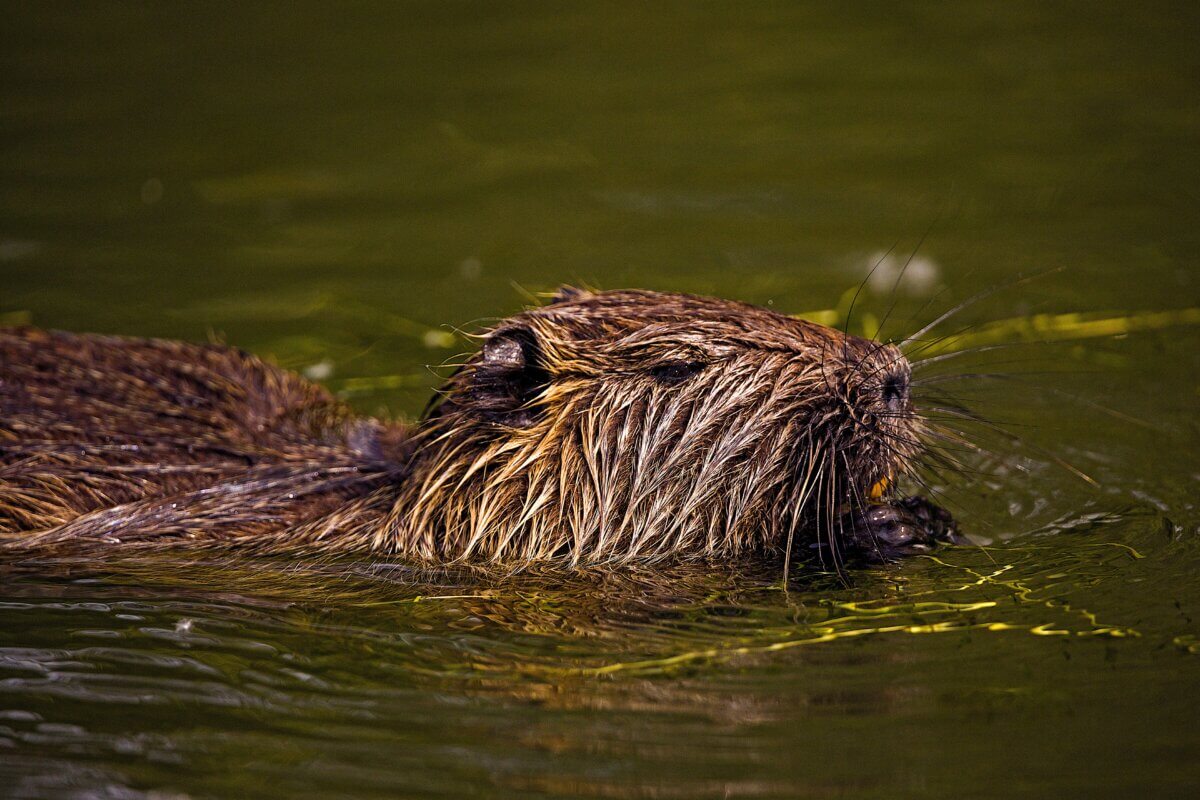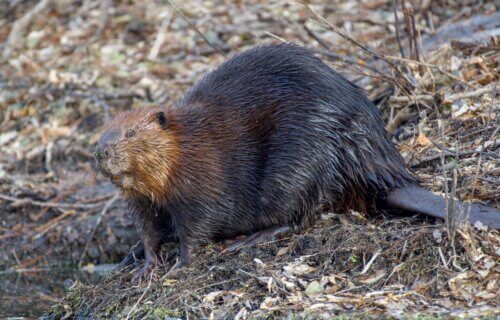MAINZ, Germany — Scientists have unearthed evidence that challenges our understanding of ancient human diets. It turns out early humans hunted and consumed beavers as part of their regular meals. Previously, the narrative around our ancestors, especially those from the Middle Pleistocene era (about 400,000 years ago), focused heavily on their consumption of larger mammals. However, a recent analysis of a substantial collection of beaver remains paints a different picture, indicating a much more varied diet than previously thought.
The findings, centering around the exploitation of beaver populations in ancient times, mark a significant shift in our knowledge of how early humans kept themselves alive. The fossil site at Bilzingsleben (a region of Thuringia, Germany) revealed an extensive collection of beaver bones, predominantly from the Eurasian beaver species, Castor fiber, and a few from the extinct species Trogontherium cuvieri. Detailed examination showed cut marks on these bones, suggesting that humans not only hunted these animals but also skilfully processed their carcasses.
Why eat beavers?
Beavers were a valuable resource for ancient humans. They provided not only meat but also fat, fur, and castoreum — a substance used in traditional medicine and as a lure in hunting. The focus on young adult beavers in the Bilzingsleben assemblage suggests that our ancestors developed specific hunting tactics tailored to this semi-aquatic species.

Researchers from Johannes Gutenberg University Mainz say this discovery challenges the long-held view that early humans primarily depended on large animals like deer and wild cattle for their survival. That theory simply hinged on the fact that scientists had actual evidence of a big-game diet in ancient humans.
“The remains of large mammals from this period are generally much better preserved than those of small ones, not to mention plant remains,” says Sabine Gaudzinski-Windheuser, Professor in the Department of Ancient Studies/Section Pre- and Protohistoric Archaeology at JGU, in a university release.
The evidence of a more wide-ranging menu, including smaller water animals, suggests that our ancestors had a broader diet and hunted in more diverse lands than scientists believed previously. Study authors note this also gives present-day humans new insight into the cognitive and behavioral evolution of early humans.
“Until now, it was generally thought that people in Europe fed primarily on large game until around 50,000 years ago, and that this was an important difference to the more flexible dietary strategies of modern humans. We have now demonstrated that the hominin food spectrum was much broader much earlier,”
In total, researchers believe they examined the remains of at least 94 different beavers at the Bilzingsleben site in Germany. Magnifying glasses and digital microscopes helped to reveal the prehistoric cut marks on their bones, suggesting that early humans used primitive stone tools to carve up these animals in the Middle Pleistocene era.
The findings are published in the journal Scientific Reports.
You might also be interested in:
- Neanderthals were fine diners? Early humans harvested and roasted tasty crabs, study reveals
- Mass grave of animals reveals horses were repeatedly sacrificed during Iron Age rituals
- Early Europeans chewed on seaweed superfood 8,000 years ago, ‘definitive’ evidence reveals

